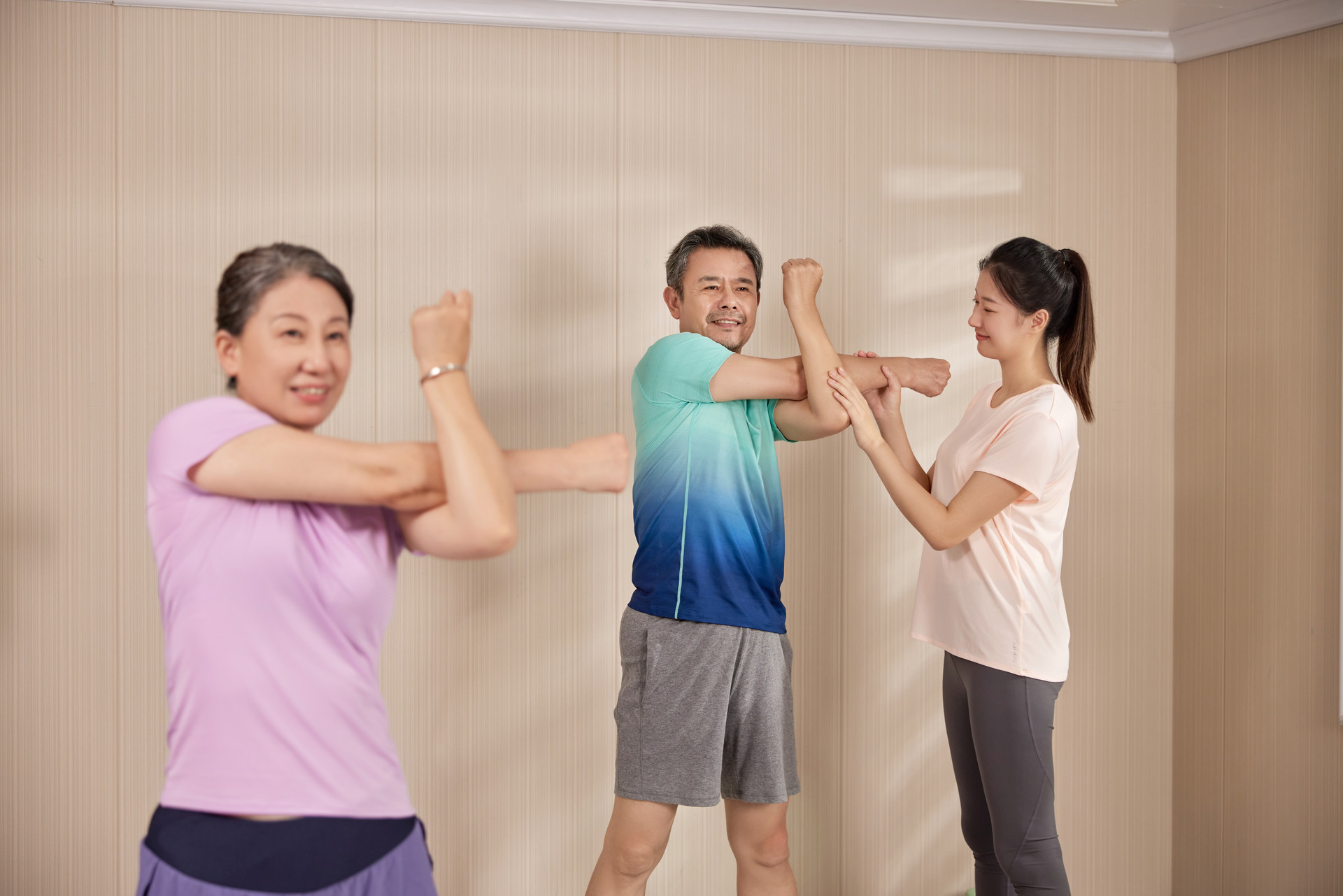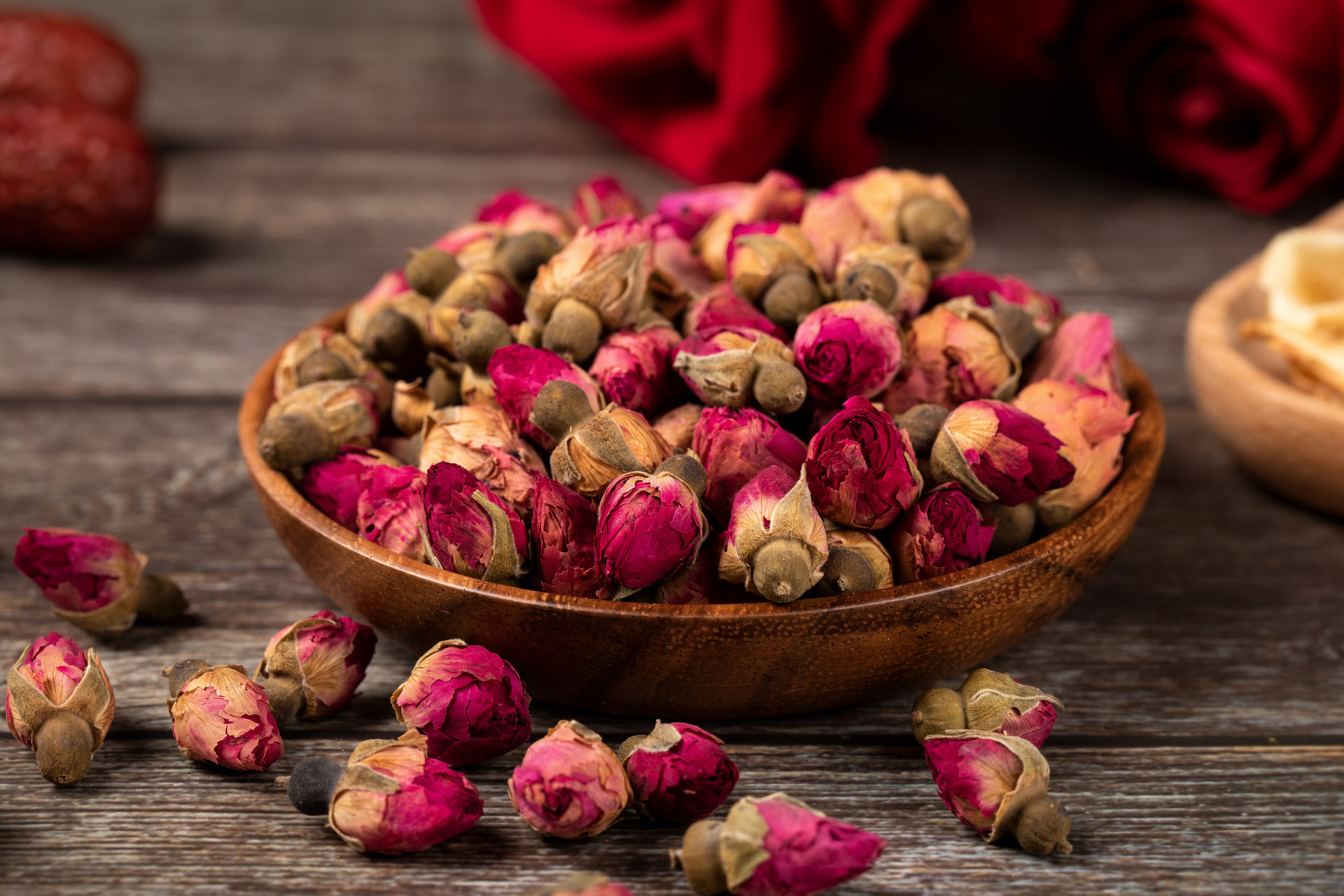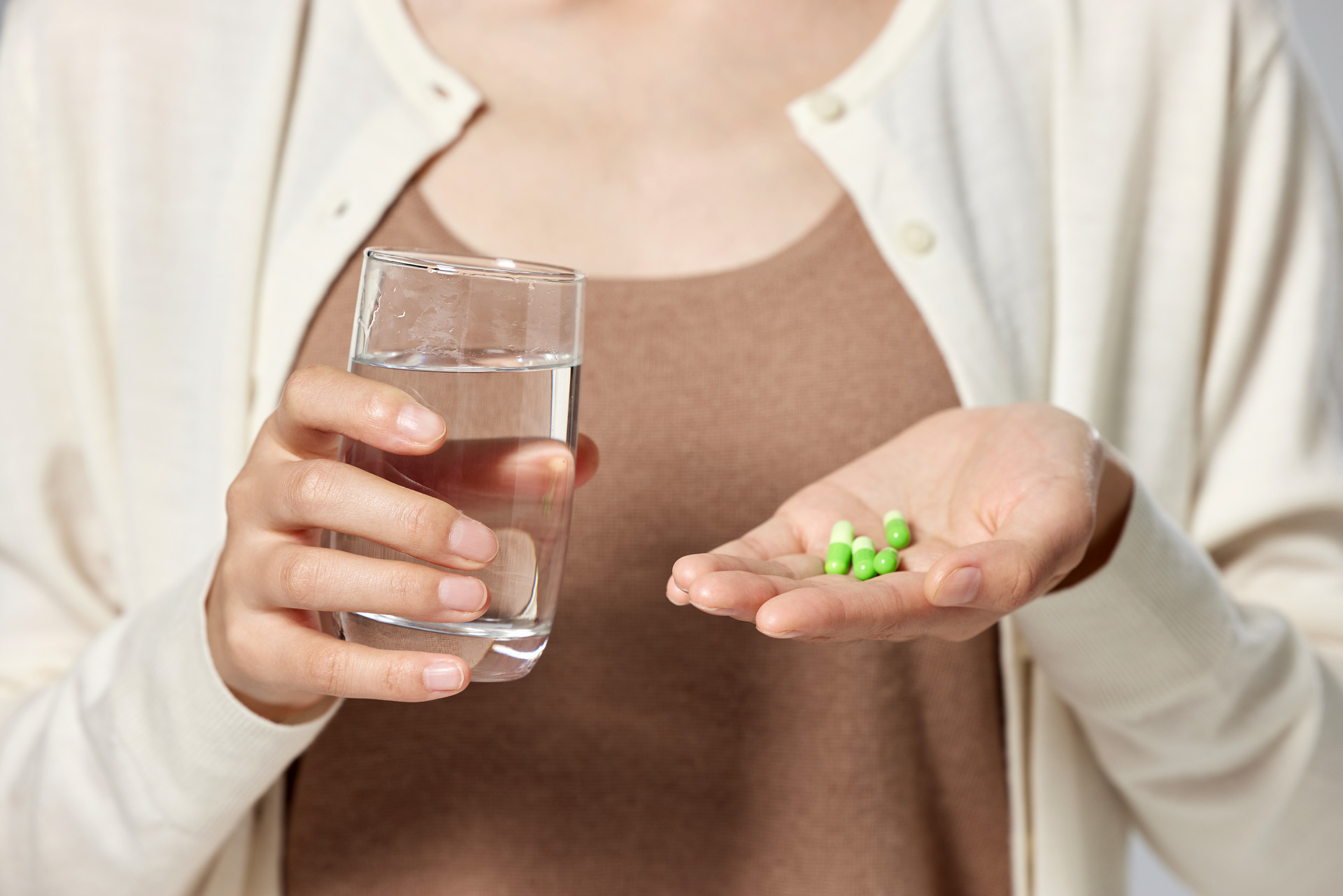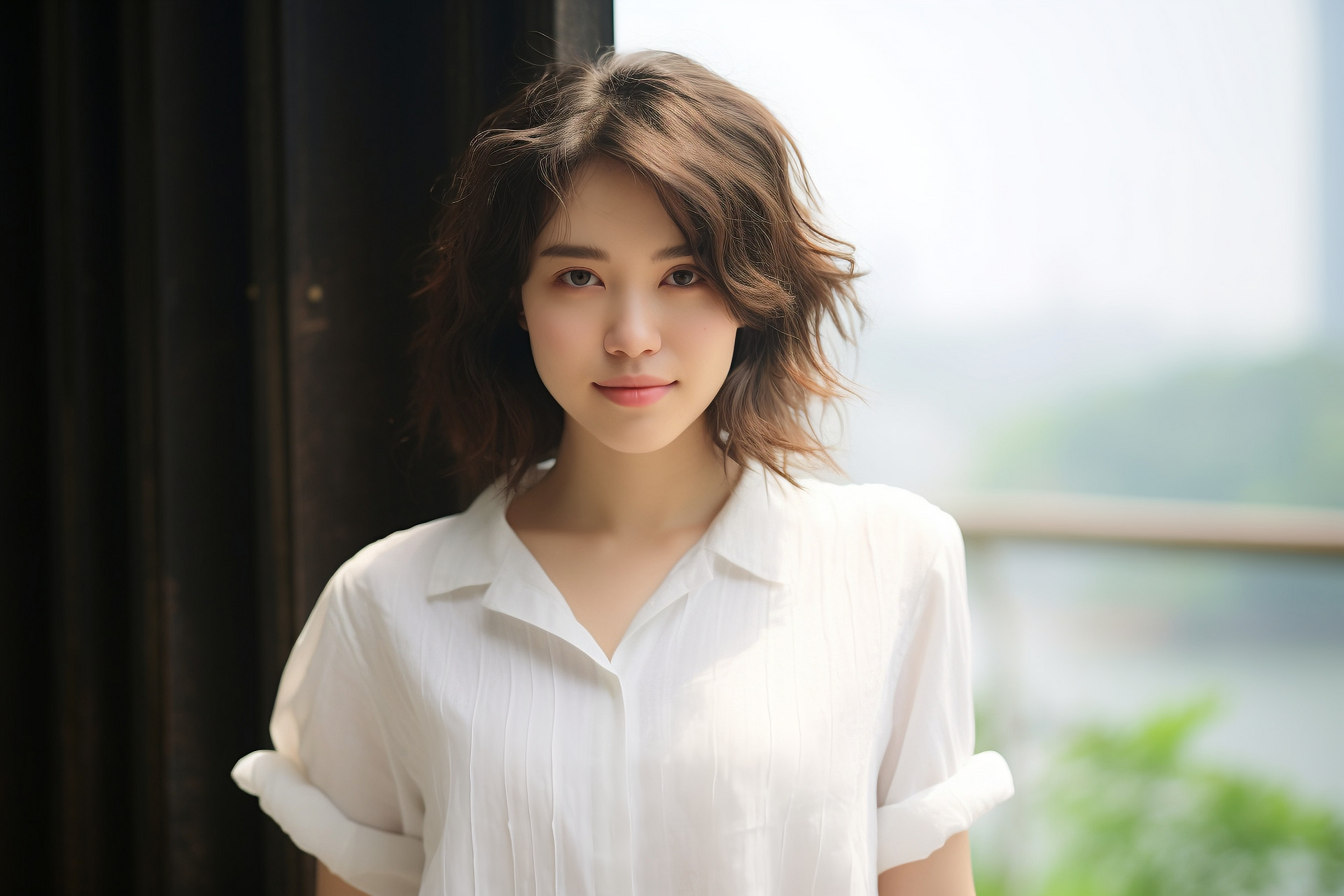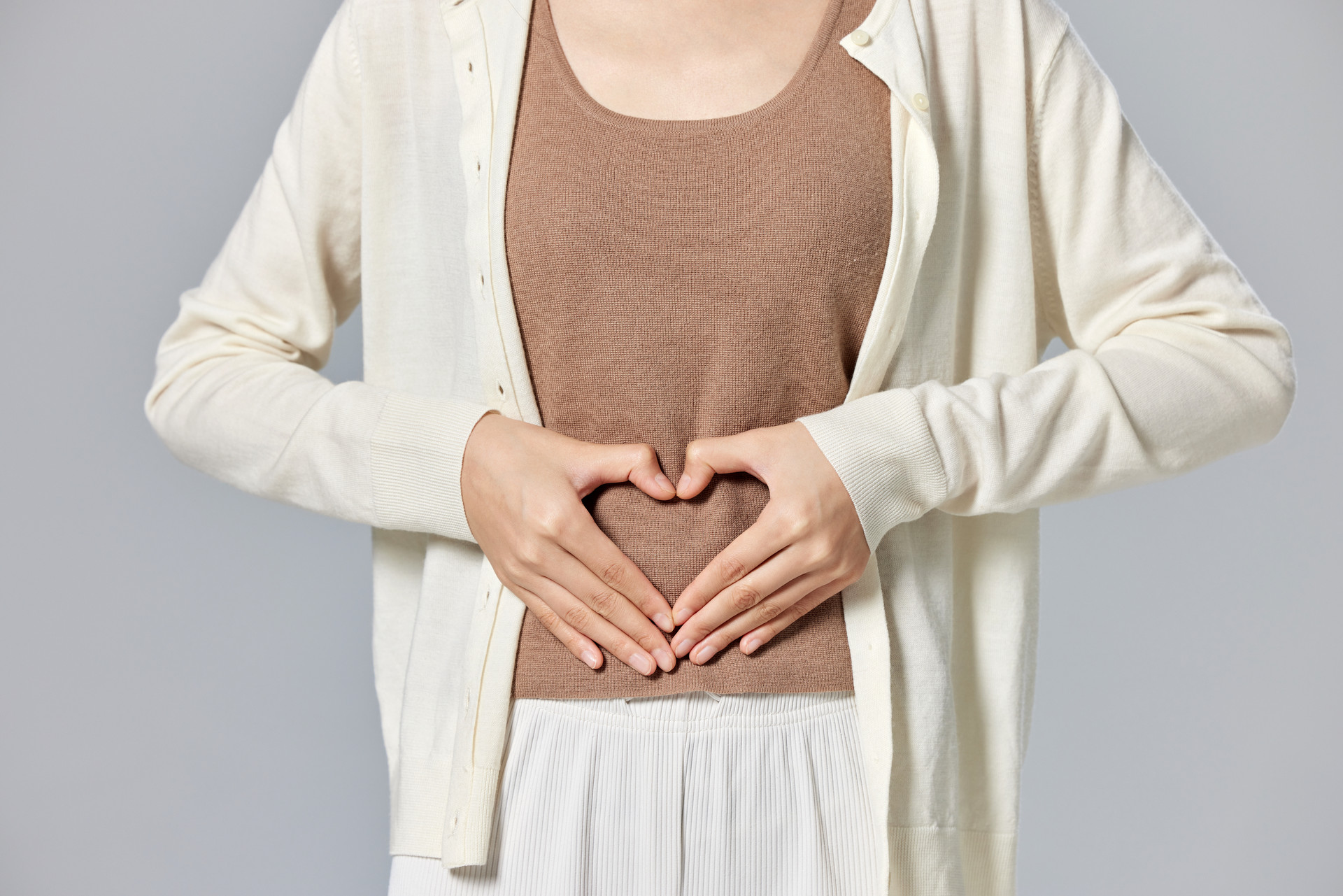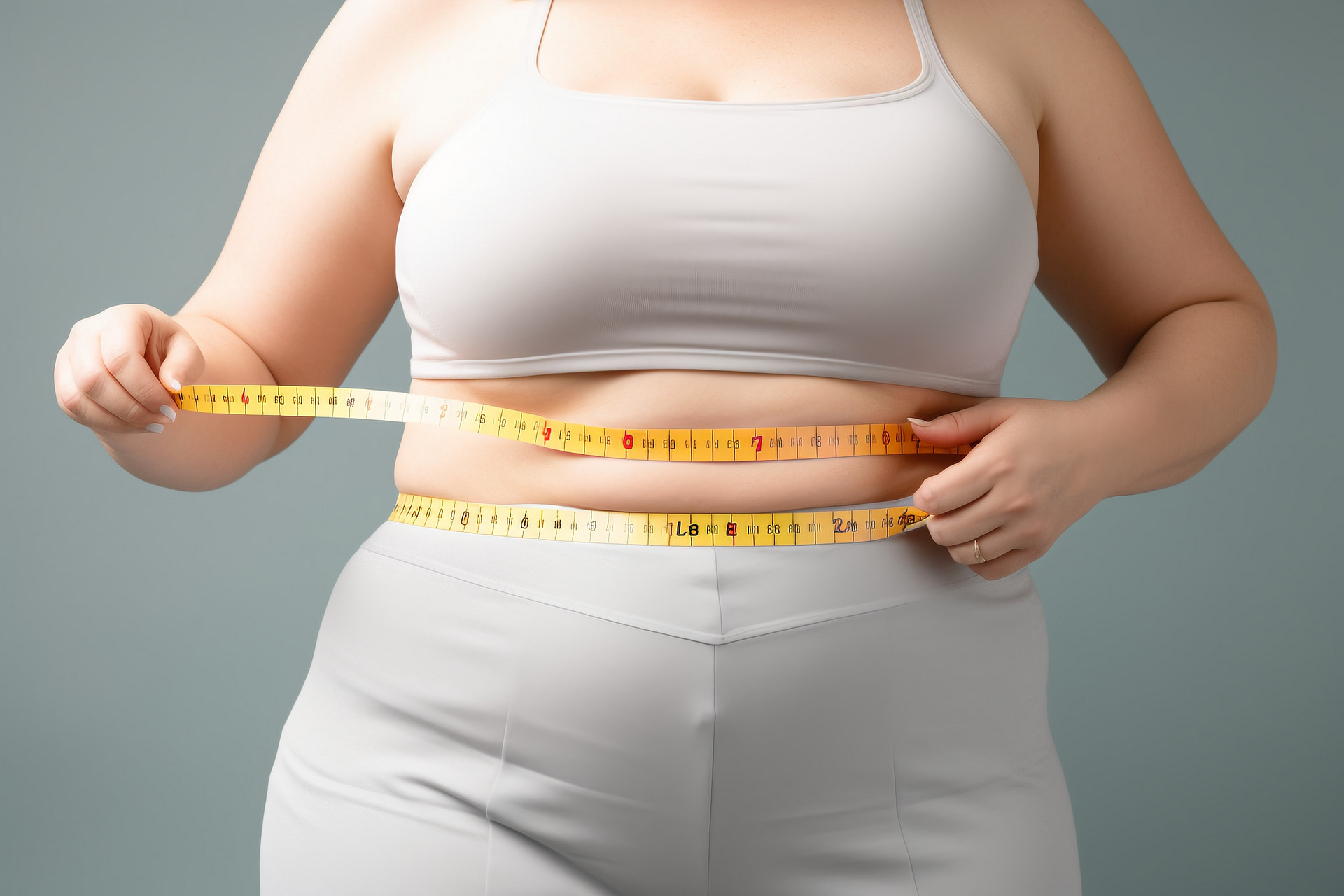Some girls experience dysmenorrhea from the beginning of their menstrual cycle. Mild cases may have lower abdominal pain that gradually subsides after menstruation. Severe cases may experience unbearable lower abdominal pain, pale complexion, emaciation, low voice, and even fainting. This condition is known as primary dysmenorrhea, which is more common in unmarried girls and often begins after the onset of menstruation or shortly thereafter. The abdominal pain is mainly located in the lower abdomen, and it is relieved by heat and pressure. Mild cases can be relieved by gently applying a hot towel or hot water bag. Severe cases require treatment in a hospital. The exact cause of this condition is still unclear, but it is mostly related to poor uterine development, uterine muscle spasms, poor menstrual blood flow, or weak constitution aggravated by cold and cold drinks. It is also related to mental stress, fear, and shock. Some medical experts believe that it is caused by sympathetic nerve disorders. There is no consensus, and it is possible that various factors are involved. Generally, there are no significant organic lesions. As the body develops, health improves, and with marriage and childbirth, dysmenorrhea will automatically disappear. Early examination, diagnosis, and treatment are necessary to reduce menstrual pain, minimize mental stress, and detect and prevent possible organic lesions.
Western medicine mainly treats dysmenorrhea symptomatically, while traditional Chinese medicine treats dysmenorrhea by identifying the underlying pattern and conducting overall regulation. In addition to primary dysmenorrhea, the treatment of dysmenorrhea in girls often involves tonifying qi and nourishing blood, promoting blood circulation, removing blood stasis, and relieving pain. Commonly used herbal formulas include Danggui Buxue Tang, Bazhen Tang, and Shiquan Dabu Tang, with the addition or subtraction of herbs such as Yimucao, Aiye, and Xiangfu, which can achieve satisfactory results. Here are two recipes for dysmenorrhea in girls, which have a certain effect on some girls with qi and blood deficiency.
1. Take a young pigeon (about 300g), remove the feathers and internal organs after slaughtering, cut it open, wash it thoroughly, and stuff it with 8 red dates, 10g of danggui, 8g of shudi, and 8g of chuanxiong. Add an appropriate amount of water, steam until cooked, and add brown sugar before consuming. Use one dose per week;
2. Take a black Silkie chicken (about 1000g), remove the feathers and internal organs after slaughtering, wash it thoroughly, and stuff it with 10g of astragalus, 10g of dangshen, 6 red dates, and an appropriate amount of fresh ginger. Add an appropriate amount of water, steam over high heat first, then simmer over low heat until cooked. Consume after steaming. Use one dose per week.
These medicinal diets have certain effects, but attention should be paid to diet and lifestyle. First, it is important to strengthen nutrition during adolescence and not to diet in order to maintain a slim figure, as this is harmful to girls in their developmental stage. Second, attention should be paid to hygiene during menstruation, keeping warm and avoiding water contact, rain, and cold to prevent colds. Third, maintain a happy mood and avoid excessive fatigue due to studying or working.


